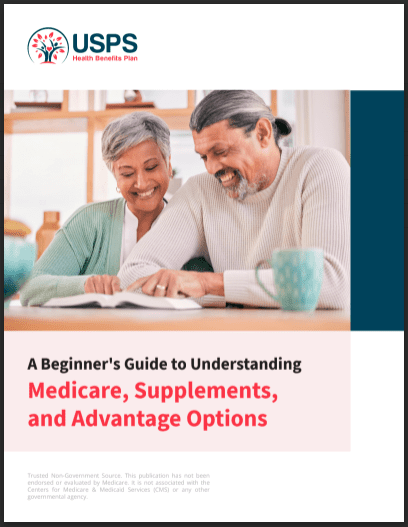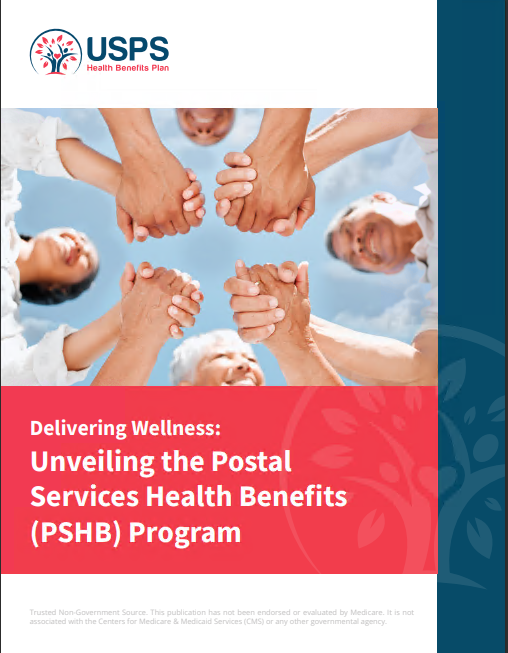Key Takeaways
-
The PSHB Navigator Help Line is one of the most overlooked yet most valuable tools available to you as a current or retired USPS employee navigating your health coverage.
-
Using this resource can clarify plan options, assist with Medicare integration, and potentially help you avoid hundreds of dollars in out-of-pocket costs due to missteps or missed deadlines.
Why So Many Postal Workers Miss the Best Help Available
When the Postal Service Health Benefits (PSHB) Program rolled out in 2025, many enrollees focused on brochures, webinars, or their existing plan names. While those are helpful, they often leave you with more questions than answers. What many don’t realize is that the PSHB Navigator Help Line exists—and it’s specifically designed to give you personalized answers that a pamphlet can’t.
This helpline isn’t just a scripted call center. It’s staffed by trained representatives who understand the PSHB system and can walk you through what actually applies to your situation. And yet, it remains widely underused.
What the PSHB Navigator Help Line Actually Does
Here’s what you can expect when you use the Navigator Help Line:
-
Plan Comparisons Tailored to Your Age, Location, and Family Size
-
Help Understanding Medicare Part B Requirements and Exceptions
-
Clarification on Enrollment Periods and Late Enrollment Consequences
-
Support with Technical Issues Like Logging Into LiteBlue or KeepingPosted
-
Answers to Questions About Prescription Drug Coverage and Out-of-Pocket Costs
This goes far beyond the scope of any static document. It’s direct help—on your terms.
When You Should Use It
Most people only think to call for last-minute help during Open Season. But there are several key moments when calling the PSHB Navigator Help Line can make a financial difference:
-
3 to 6 months before turning 65 – especially if you’re unsure about Medicare Part B coordination or exemptions.
-
Right after retirement – to verify coverage continuation and correct any enrollment status issues.
-
During any qualifying life event – such as marriage, divorce, or the death of a covered family member.
-
If you miss Open Season – to understand what options remain available and what limitations apply.
By calling at the right time, you can prevent gaps in coverage, avoid Medicare late penalties, and make sure you’re not overpaying for benefits that no longer fit your situation.
What It Can Save You—Even If You Think You’ve Got It Covered
Even those who read every PSHB brochure and attend the webinars can miss critical details. These errors can cost you:
-
$800 or more per year in unnecessary premiums due to choosing a plan that no longer fits your household or health status.
-
Delayed reimbursement or denied claims if you misunderstand how PSHB and Medicare Part B interact.
-
Permanent Medicare Part B penalties if you delay enrollment without realizing you’re not exempt.
The Navigator Help Line helps prevent these issues by clarifying your exact status and walking you through each step.
Don’t Wait Until Open Season
While Open Season (which happens every November through December) is when many people scramble for answers, it’s not the only window for action. The Navigator Help Line is available year-round, which makes it the most strategic tool if you:
-
Just had a life change
-
Are approaching or just passed age 65
-
Are reviewing unexpected healthcare bills
-
Are unsure if your current plan still makes sense
This is especially crucial for retirees and survivors who may not have regular access to USPS HR or internal communication channels.
How It Complements Medicare Coordination
In 2025, Medicare coordination is no longer optional for many Postal retirees. If you fall under the new PSHB rules, you must be enrolled in Medicare Part B unless you’re exempt (for example, if you retired before January 1, 2025, or are covered under VA or Indian Health Services).
The Navigator Help Line can:
-
Confirm whether or not you’re required to enroll
-
Walk you through the Special Enrollment Period if you missed your Medicare Initial Enrollment Period
-
Explain how your plan’s cost-sharing changes once Medicare is in place
-
Help you understand drug coverage under the integrated Medicare Part D plan that comes with PSHB
Many enrollees find themselves stuck between OPM guidelines, Medicare instructions, and PSHB details. One call can connect the dots.
Who Should Definitely Be Calling
You’ll benefit from calling the PSHB Navigator Help Line if you fall into any of these categories:
-
You’re turning 65 within the next 6 months and unsure about Medicare timelines.
-
You’re already 65 or older and didn’t realize your PSHB plan required Medicare enrollment.
-
You’re helping a spouse or parent who is a USPS retiree and may not be clear on what they’re enrolled in.
-
You’ve experienced a life change like retirement, divorce, or death of a covered family member.
-
You’ve received unexpected bills and don’t understand whether it’s a plan error or coordination issue.
If you’re in any of these situations, putting off a call could mean missed opportunities or worse—avoidable penalties.
The Difference Between Online Info and Real Answers
There’s no shortage of PSHB content online—from plan brochures to federal benefit webinars. While these resources are important, they don’t know your personal situation. A few clicks can’t tell you:
-
Whether you qualify for Medicare coordination exemptions
-
Which family members are eligible under your plan type
-
Whether your prescriptions are on your new plan’s formulary
But the Navigator Help Line can.
What You’ll Need Before You Call
To make the most of the conversation, be prepared with:
-
Your PSHB enrollment confirmation or plan name
-
Your Medicare Part A/B status, if applicable
-
Your retirement date or expected retirement window
-
Household size and dependent information
-
Notes on any recent medical costs or plan issues you’ve encountered
Having these ready will speed up the call and help the representative get straight to the point.
How This Saves Money Long-Term
Healthcare costs under PSHB are not set-it-and-forget-it. Deductibles, coinsurance, and premiums can shift based on plan design and Medicare integration. If you don’t fully understand how your plan works in 2025, you risk overpaying for years.
Here’s how the Navigator Help Line helps you avoid that:
-
Ensures you’re not missing out on plans with better Medicare coordination
-
Verifies which deductibles are waived or reduced when paired with Medicare
-
Clarifies prescription tiers and generic alternatives
-
Prevents coverage lapses that could trigger new waiting periods or loss of benefits
It’s not about changing your plan every year. It’s about understanding what you’re enrolled in now—and what that means moving forward.
Think of It As Preventive Financial Care
Much like an annual checkup, calling the Navigator Help Line can act as a preventive step. It’s there to keep small misunderstandings from becoming costly issues. You don’t need to wait for something to go wrong. Use it to confirm you’re on the right track.
If you spend 30 minutes on the phone and catch even one mistake in your plan understanding, it could save you hundreds of dollars over the course of the year. In some cases, it may protect you from penalties that follow you for life.
You Don’t Have to Do This Alone
You’re not expected to master PSHB, Medicare, and federal benefits all by yourself. That’s why the PSHB Navigator Help Line exists. It’s not a luxury—it’s a resource built into the program. But unless you use it, the value goes untapped.
Let a Licensed Agent Help You Make Sense of It All
Don’t try to interpret complex benefits or critical Medicare timelines without assistance. The PSHB Navigator Help Line can be your first call—but you can also reach out to a licensed agent listed on this website for personalized support. You don’t have to wait until Open Season. Take action now and protect your future health coverage.










